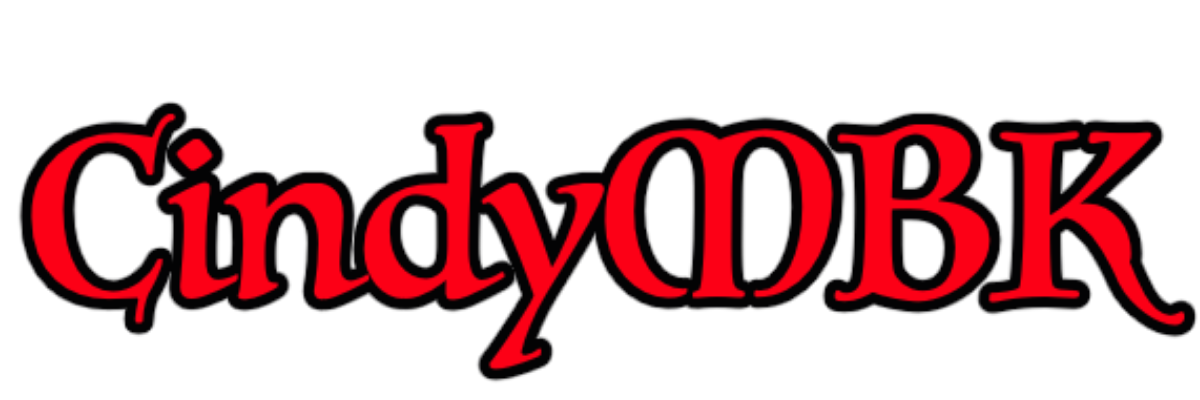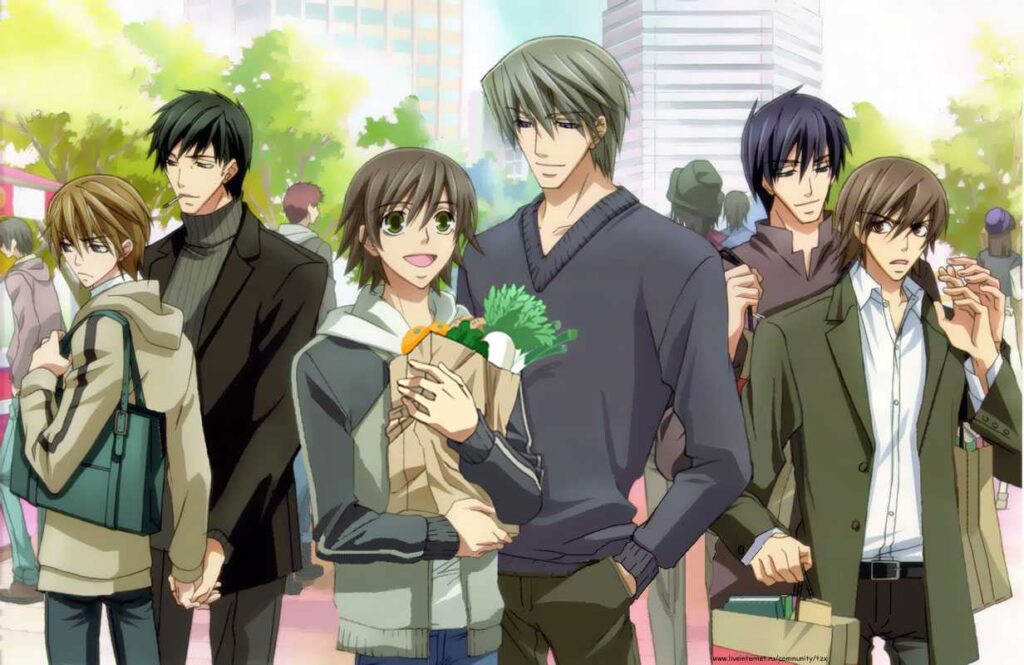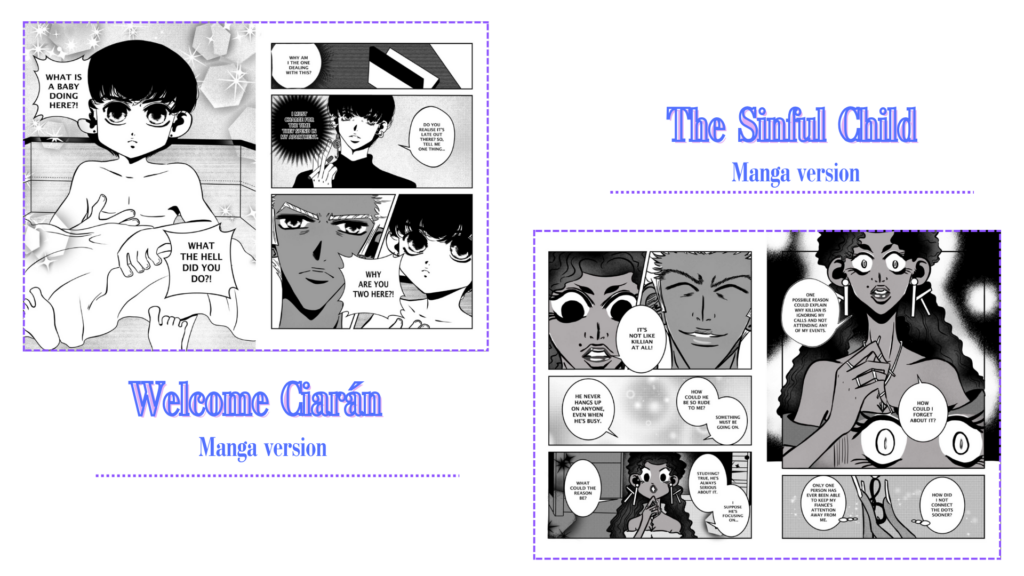Are these two manga plagiarised from CLAMP?
Are these two manga plagiarised from CLAMP? That’s what you’ll see in this new article.
In a previous article, we talked about CLAMP’s reputation in (Shoujo) manga thanks to the innovations they brought to the genre. To sum up, in a few points, we’ve mentioned the following:
Gay couples: These go a long way since CLAMP first started as doujinshi authors, featuring Yaoi relationships, before publishing their first work, RG Veda. They have also worked on doujinshi for Jojo’s Bizarre Adventure for the curious.
Lesbian couples: this one is a little more recent than their Yaoi friends and first appeared in the RG Veda manga.
Forbidden couples: CLAMP doesn’t put up any barriers when it comes to love… and sometimes we think they’re exaggerating. However, the relationships are portrayed in such a way as to make readers want to know what’s going to happen next. Remember that CLAMP is very often about subtlety, and your interpretation of a relationship may differ from that of your neighbour.
CLAMP’s Ambiguous Relationships: Key to Their Success or Just a Side Appeal?
Warning: This article contains spoilers. Don’t read it if you don’t want to learn about the manga I’m about to mention.
After this summary of the CLAMP universe, you who are passionate about manga with a similar universe will start asking yourself questions. Among them, you’re wondering whether any manga you’ve read might have drawn their inspiration from the CLAMP universe. We’re talking about a universe rather than a particular manga because the three criteria mentioned earlier recur frequently in the works of our favourite mangaka.
Before taking three manga that share many similarities as examples, remember that CLAMP’s first series, RG Veda, came out at the end of the 1980s. At that time, we had already found the ambiguous relationships that we also find in these three manga, which are sure to resonate with the Shoujo girl in you:
- Angel Sanctuary
- Sailor Moon
Some Sailor Moon fans will surely take offence behind their screens when they see their manga accused of plagiarism. As a primary reference for Magical Girl and Shoujo, it seems absurd to accuse Sailor Moon of plagiarising manga or mangaka.
Especially as anyone who’s had a look at Cardcaptor Sakura would immediately make the comparison with the queens of Shoujo, aka Sailor Moon, and for those who want to drive the point home even further, look no further than CLAMP’s manga Magic Knight Rayearth – released two years before Cardcaptor Sakura, which draws its inspiration from Sailor Moon.
Can we contradict them? Possibly, but that would be acting in bad faith because Cardcaptor Sakura and Magic Knight Rayearth have much in common with Sailor Moon. However, these similarities don’t change the fact that both works remain faithful to CLAMP’s universe and, consequently, that Sailor Moon is a plagiarism of that universe.
I make the same observation about Sailor Moon as I do about Kaori Yuki’s works, in which the resemblance to CLAMP manga is undeniable. To help you understand my point, I’ll share the common points between CLAMP and the three manga mentioned earlier so that you can realise just how famous our manga artists are.
Angel Sanctuary, CLAMP’s end-of-the-world plagiarism revisited.
To put everyone in agreement, Angel Sanctuary is an excellent manga. The drawing is impeccable, the story is exciting, and Kaori Yuki knows how to make us love her characters – Team Katan, raise your arms! Despite my love of Angel Sanctuary, anyone who has read even one chapter of X/1999 can’t help but notice the similarities between the two manga.
Follow Kayla Ilunga, a young woman harbouring a deep secret
- The main story, Angel Sanctuary and X/1999, deals with the end of the world at the end of the last century. Heaven forbid it should happen, but several manga creators have referred to the revelations of the Bible and have subsequently created manga that deal with this global catastrophe, with Kaori Yuki and CLAMP among them.
Although CLAMP’s idea of the end of the world has no direct connection, I suspect it has been influenced by the manga Hokuto no Ken. However, the fact that the Angel Sanctuary series centres around this history forces us to wonder.
- Angels vs Demons – Dragons of Heaven vs Dragons of Earth: In X/1999, CLAMP are more meticulous in their titles of parties. Instead of referring to the good guys as ‘angels’ and the bad guys as ‘demons’, the good guys are referred to as ‘Dragons of Heaven’ and the bad guys as ‘Dragons of Earth’. As you will have gathered, the Dragons of Heaven continue the group of heroes who fight to protect the Earth – Tokyo in this case – from enemy strikes. To do this, they use kekkai – magical barriers – to protect humans from participating in a losing battle against an Earth Dragon. In the latter’s case, their role is the opposite of an Earth Dragon’s. But are they really evil? You be the judge.
Angel Sanctuary is less subtle, but the consequences and stakes remain the same. The demons, portrayed as Lucifer’s allies, are pitted against the angels, including the four guardians (Raphael, Michael, Uriel, Gabriel), the seraphim, the cherubim and the grigols, who have no physical form. The conflict between the angels and the demons is real, even if it is less present than in X/1999, where each Sky Dragon seems to have/has an enemy on Earth. In Angel Sanctuary, we follow (the character of) Setsuna as he travels to the world of the dead to bring back the girl he loves.
- Main characters: In both works, we have a love triangle and a friend who excels at everything. Setsuna Mudo is Kamui Shiro! And I’m not just talking about the character, but also the design of the two heroes. Setsuna could have resembled/had the features of Katan or Kira to dissociate him from Kamui further, but no. Kaori Yuki has ensured her hero is comparable to X/1999 in every way. Does the hair colour differ? You’d have a point if Kaori Yuki hadn’t given Setsuna dark hair later in the series. As for the personality, Setsuna is an unbearable brawler, which reminds us of Kamui at the beginning of the series, before his drastic transformation.
A Guide for Creating a Manga-Style Comic
If you think you can’t plagiarise more than Kamui, you’re underestimating an author’s will. Watch Kotori twice, then turn your attention back to Sarah, and you’ll understand (what copy and paste means).
As for the last, unlike his two comrades, Kira-senpai’s physique is quite different from that of Fuma. Admittedly, we’re dealing with a tall, famous brunette, but apart from these two criteria, the reader doesn’t get the impression of seeing a character straight out of the X/1999 universe. Although Kira is physically different, his development reminds us of Fuma. Like Fuma, Kira is the main character’s best friend, with whom he shares everything. Popular with the ladies and admired by their male counterparts, everything seems to be going well for our two darkies until the day ‘Revelation’ strikes.
Spoiler alert! From this point on, the die is cast. In X/1999, Fuma – indirectly – chooses his side and joins the six other members of the Earth Dragons, while in Angel Sanctuary, Kira remembers being Lucifer and joins/returns to the place that is his. Notably, Kira’s trigger comes later than Fuma’s, which occurs with her sister’s sacrifice.
- Ambiguous relationships: What would a comparison to CLAMP be without mentioning their Yaoi couple? Between Setsuna and Kira-sempai, we sometimes wonder about the nature of their relationship. Are they just friends? Do they see each other as brothers? Some people are comfortable with this idea, and others with the fact that the bond that unites our two protagonists goes deeper than friendship or brotherly love. The same goes for Kira and her friend Kato. Ditto between Rosiel and Katan.
Released in 1994 as opposed to 1992 for the former, let’s agree that there’s a strong probability that CLAMP’s X/1999 influenced Angel Sanctuary.
Sailor Moon, the plagiarism of The Thief with a Hundred Faces
- Characters: Who doesn’t remember Tuxedo, the masked thief who appears – strangely enough – at just the perfect moment, brandishing his red rose to free the Sailors from a chaotic situation? You may be surprised to find that this mysterious being, whose name “Tuxedo” means ‘costume’, resembles Akira, the hero of CLAMP’s second series, The Thief with a Hundred Faces. There is a subtle difference between the two boys: one is a child, while the other is a teenager… Although Akira does grow up by the end of the series, that’s another story.
The character of Akira was inspired by French author Maurice Leblanc’s Arsène Lupin. For those who don’t know, Akira wears a black tuxedo and a top hat of the same colour. Does this suit mean anything to you? You’ve got it: the masked man from Sailor Moon.
Of course, CLAMP was not the originator of this dress style, nor was it the first to create a character in the image of Arsène Lupin. The famous sixties manga Lupin III is one of the adaptations of the famous gentleman thief, even if it is his descendant. Despite this, the characters in Lupin III and Akira have very distinct designs, unlike the latter and Tuxedo. Perhaps this is just a coincidence? It’s possible, and it’s just as plausible that Naoko Takeuchi might have liked Akira’s design and used it as inspiration for one of her male characters.
3 fears manga artists must face on their creative journey
- Gay couples: It’s no longer a surprise that CLAMP and – admittedly subtle – yaoi go hand in hand. We didn’t have to wait for Card Captor Sakura for CLAMPists to detect ambiguous relationships between the male characters of their favourite manga artist. This was the case right from their first work, where CLAMP enjoyed throwing winks at us from all sides. This aspect that sets CLAMP apart is also found in Sailor Moon with the couple Zoisite and Kunzite.
- Lesbian couples: Sailor Uranus and Neptune.
You have to get it out of your head that plagiarism is a bad thing. The real question we have to ask ourselves is whether all these works deserve to be considered plagiarism. I’d call it inspiration, but it’s up to you to call it what you like. Whatever you call ‘plagiarism’, ‘copying’ or ‘inspiration’, these inspirations have positive aspects.
For example, we might never have seen stories like Angel Sanctuary, which remains in my top ten of the best manga ever read. Cardcaptor Sakura is a work that I respect for its story and its universe, even though it’s not my cup of tea. But to deny that Sailor Moon was inspired by it is denial. Still, that doesn’t make Cardcaptor Sakura a throwaway manga that hasn’t contributed anything to Shojo. CLAMP was able to take what was good about Sailor Moon and integrate it into a work that, years later, gave life to another, where we find Sakura and Shaolan as the main characters.
The same goes for Sailor Moon, where she took advantage of CLAMP’s growing reputation to incorporate some of their elements into her manga, turning it into a must-have in the industry. Sailor Moon offers its share of charms, such as the friendship between the Sailors and their fight to defend the good. And when you look closely, you’ll find that almost every work draws inspiration from another—it’s nearly unthinkable for an artist to create something new without sourcing ideas from elsewhere. The problem begins when an artist creates a work so similar to another that most people agree it qualifies as plagiarism.
Changing the length of the Sailors’ uniforms and calling them Sea Fighters while keeping the rest of the original work is enough to consider the “Sea Fighters” plagiarism of Sailor Moon.
📖 To Read Next: Black Butler, Sebastian Michaelis, A Deceitful Demon
Related posts
Why Women Love Gay Couples in Fiction — From Manga to Series and Beyond
A Universal Love for Unconventional Love Stories Across cultures and platforms, one phenomenon stands strong: women around the world are…
Why Starting with Visual Books Is the Smart Way to Become a Lifelong Reader
Visual Books: The Perfect First Step into the Reading World If you’ve ever wanted to read more but felt overwhelmed…


